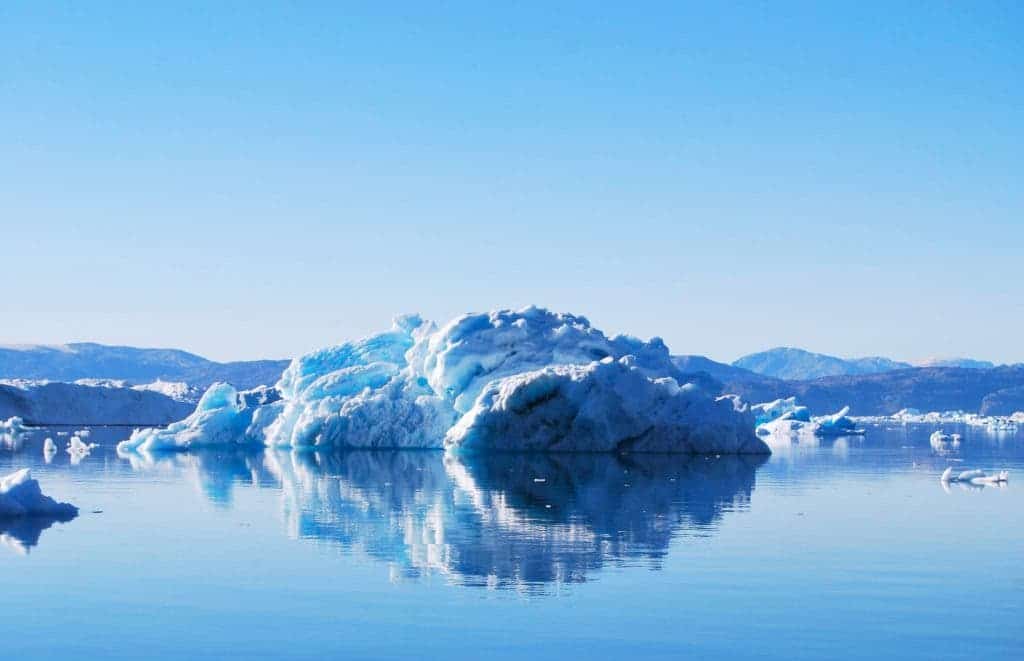Greenland’s rate of ice loss is increasing faster than expected, a new metastudy reports.
The increased influx of water from Greenland’s ice sheet puts us on track for sea-level rise consistent with the Intergovernmental Panel on Climate Change’s (IPCC) high-end climate warming scenario. Projections for this scenario estimate that coastal flooding will displace 400 million people by 2100.

The study is a collaboration between 96 polar scientists from 50 international organizations — The Ice Sheet Mass Balance Inter-comparison Exercise (IMBIE) team — and takes the most complete look at Greenland’s long-term ice loss to date. It combined 26 separate surveys to track changes in the ice mass of Greenland between 1992 and 2018. Data from 11 different satellite missions was used to measure the ice sheet’s changing volume, flow, and mass.
Melting quick
“On current trends, Greenland ice melting will cause 100 million people to be flooded each year [by 2100], so 400 million in total due to all sea level rise,” says Professor Andrew Shepherd at the University of Leeds, one of the study’s co-lead authors.
Melt rate in Greenland has risen from 33 billion tons, on average, per year in the 1990s to 254 billion tons per year over the last decade. In total, the island lost roughly 3.8 trillion tons of ice since 1992.
The IPCC mid-warming scenario set out in 2013 estimated 60 centimeters of sea-level rise by 2100, with associated coastal flooding displacing an estimated 360 million people. The rates of melt reported on in this study push those estimates by an additional 5 to 12 cm — consistent with the projection for the high-warming climate scenario.
“As a rule of thumb, for every centimeter rise in global sea level another six million people are exposed to coastal flooding around the planet,” Professor Shepherd explains.
The report shows that half of the ice losses recorded between 1992 and today have been caused by higher average temperatures, which promoted surface melting. The rest, around 48% of the total ice mass lost, was caused by increased glacier flow into the ocean due to warmer waters. Melting peaked 335 billion tonnes per year in 2011 but has since decreased to 238 billion tonnes per year “as atmospheric circulation favored cooler conditions”.
The team notes that this lower rate is still seven times higher than that in the 1990s, and that the dataset didn’t include all of 2019. Higher rates of melt expected in the summer could push Greenland to see record quantities of ice loss.
“Satellite observations of polar ice are essential for monitoring and predicting how climate change could affect ice losses and sea level rise” said Erik Ivins at NASA’s Jet Propulsion Laboratory in California, and co-lead author of the study.
Researchers from the European Space Agency (ESA) and the US National Aeronautics and Space Administration (NASA) also took part in the IMBIE report.
The paper “Mass balance of the Greenland Ice Sheet from 1992 to 2018” has been published in the journal Nature.



